KANIBAL REPUBLIC EXHIBIT 2022
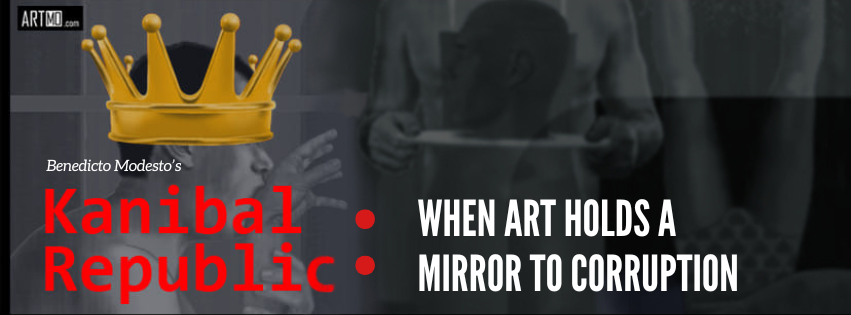
He who will be KING
Power Plant Level 1
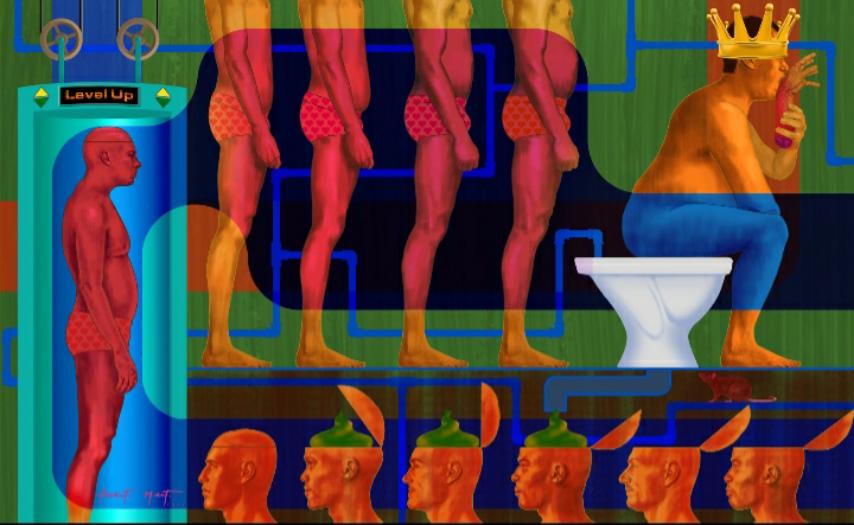
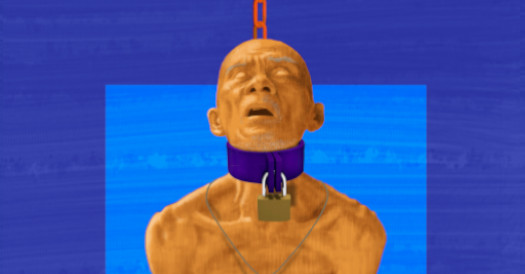
Kalag (Break free)
Digital visual artist Benedicto Modesto, will be holding his 2nd solo art show on the eve of the Philippine’s presidential elections, May 9, 2022.
The exhibit will showcase five artworks that sharply critique and encourage discourse on a universal issue of the powers that be and those misguided and easily fooled.
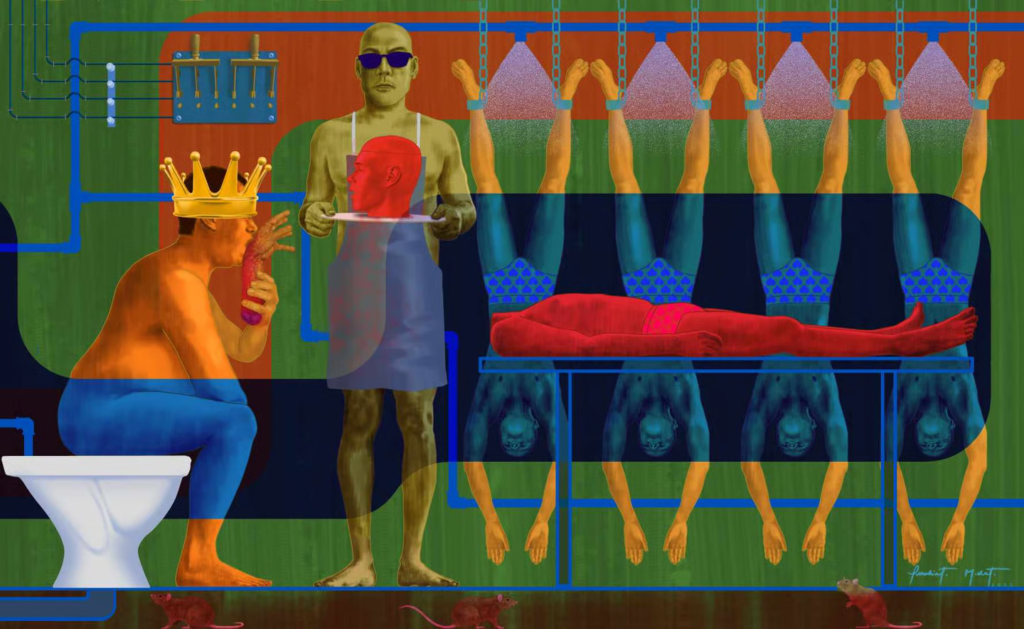
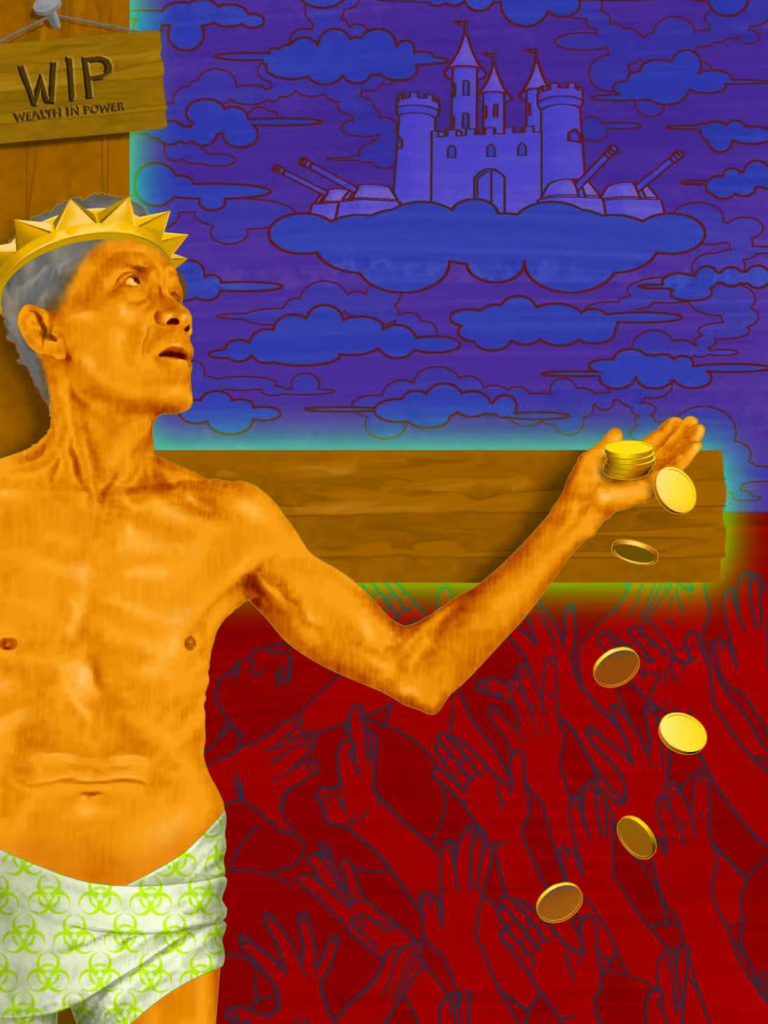
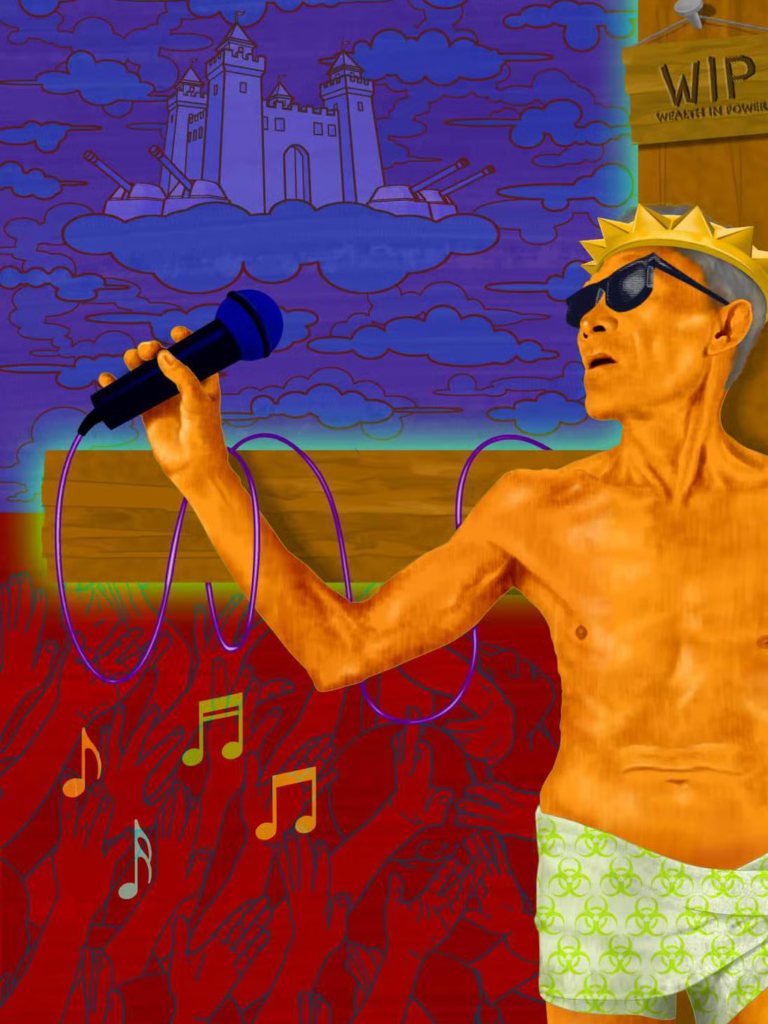
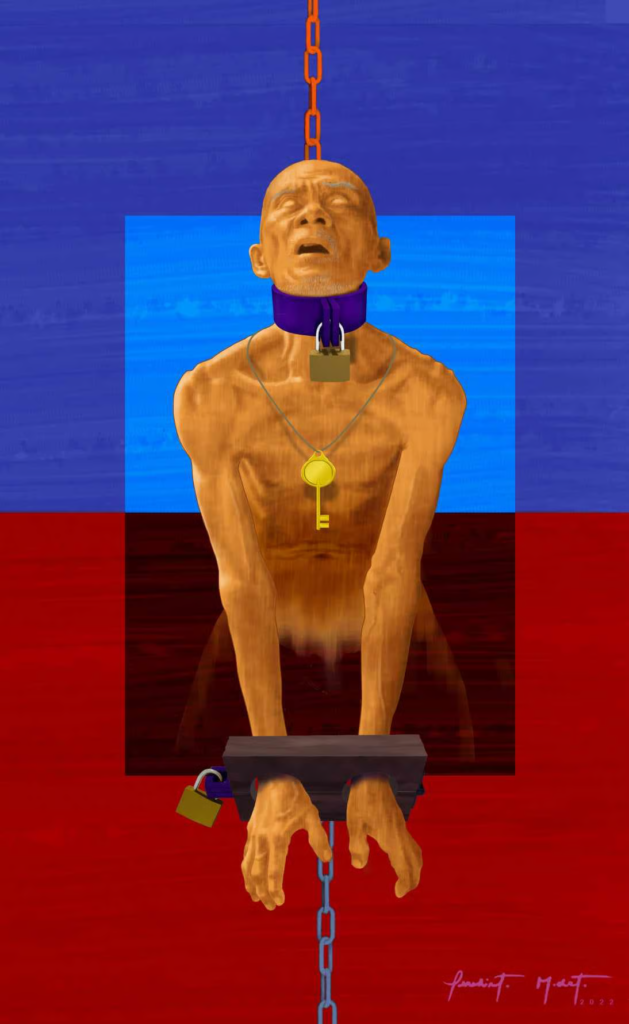
Introduction
“Kanibal Republic,” an exhibit by Benedicto Modesto, was first shown in 2022 just before the Philippine presidential elections. Through symbolic and graphic imagery, Modesto critiques the interplay between corrupted power structures and a populace that is misled.
What is “Kanibal Republic” Trying to Say?
At its heart, the exhibit explores:
- Power and its predators: The title itself — “Kanibal Republic” — suggests a polity where those in control consume the people: their rights, resources, voices.
- Manipulation of belief: Modesto’s pieces aim to reflect “the misguided but popular mindset of those easily fooled and the powers that be who fuel such beliefs.”
- Symbolism and discomfort as wake-up calls: The imagery is graphic, symbolic, intended not merely for aesthetic consumption but to provoke thought, discomfort, self‐reflection.
- Breaking free: Even as the exhibit highlights oppression, there is also the notion of resistance — liberation from false narratives, awakening from manipulated consent. For example, one titled piece is Kalag (Break Free).
Key Themes in Modesto’s Work
| Theme | Manifestations in the Art | Relation to Socio-Political Realities |
| Consumption by Power | The idea that leaders “devour” or exploit people, resources, institutions. | Corruption where government officials enrich themselves; political dynasties consuming opportunity; state resources siphoned off. |
| Misguided Beliefs & False Kings | The “He who will be KING” motif; the populace’s desire for saviors, authoritative figures. | Cults of personality; election promises that go unfulfilled; populism that masks corruption. |
| Manipulated Consent / Propaganda | Images that show how belief is shaped, uncritically accepted. | Fake news, propaganda, misinformation; government narratives that shift blame; media capture. |
| Resistance & Awakening | Imageries like “Kalag (Break Free)” suggest breaking away from oppression. | Civil society activism; whistleblowers; public outcry; demand for accountability. |
How Kanibal Republic Relates to Corruption in Today’s Philippines
The Philippines has long grappled with corruption in many forms — from petty graft to large‐scale misuse of public funds; from opaque institutional systems to patronage politics. The themes in Kanibal Republic resonate with multiple real, ongoing issues.
- Leaders who devour public trust and resources
Public funds diverted, projects inflated, contracts awarded to cronies—all examples of how political power “consumes” citizen welfare. - Popularity over integrity
Elections often turn on charisma, branding, promises, or fear, rather than governance track record or ethics. Voters may be swayed by spectacle, patronage, or promises without oversight. - Narrative control and misinformation
With social media and rapid information spread, narratives can be molded. Disinformation, denial of wrongdoing, shifting blame: these tactics help shield corrupt behavior. - The “complacent public” and normalization
When corruption becomes normalized—seen as “just how things are”—resistance is less forceful. People may feel helpless, cynical, or apathetic. - Calls for awakening and accountability
There are pushes from civil society, from investigative journalism, from social movements to demand transparency, reform, justice. Kanibal Republic fits into this call: art as act of provocation to remind and stir the conscience of both leaders and citizens.
Why This Matters: Relevance & Lessons
- Social Surrealism in Art as Social Diagnostics
Art like Modesto’s acts as mirror. It reveals what’s often unseen or unspoken — the structures, beliefs, hypocrisies that allow corruption to persist. - Awareness is a First Step to Change
If citizens can see the metaphor of “being eaten” by power, maybe they can more clearly see their complicity (through silence, acceptance) and their agency. - Importance of Symbolic Resistance
Not all resistance is legalistic or institutional. Symbolic acts — art, discourse, satire — can shift culture, shape values, which then pressure institutions. - Warning before Crisis
Shows like this, timed around elections, are especially potent. They serve as warnings: if “we” choose an unqualified leader or remain blind to abuses, the damage is real.
Conclusion
Benedicto Modesto’s “Kanibal Republic” is a powerful artistic meditation on power, manipulation, and the complicity (intentional or not) of the governed. Its timing—just before the elections—emphasized urgency: if we ignore how we are misled, how power consumes, we risk perpetuating cycles of corruption and corruption’s harms.
In the Philippines today, where corruption remains a pressing issue, the exhibit reminds us that systemic change begins not only through policy, law, or protests, but through grappling with collective consciousness: how we believe, whom we trust, how we hold leaders accountable, and whether we allow ourselves to be consumed.